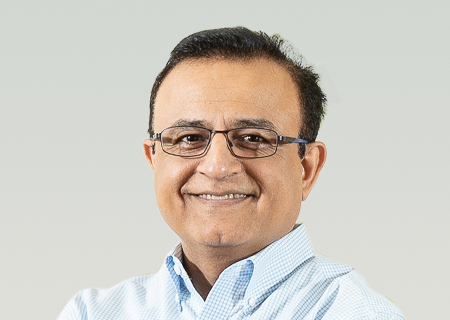The time has come for more vigilance about the impact of individual applications on quality of experience across networks
As Netflix’s “Squid Game” stretches its tentacles across the Internet, “net neutrality” issues have resurfaced with new vigor. The recent lawsuit by SK Broadband against Netflix has drawn attention to the amount of data traffic overtaking networks, and the concern that some rules are outdated for the streaming era. For example, with 209 million current subscribers, Netflix expects to add another 20 million this year and spent approximately $17 billion on content in 2020 (up from $15.3 billion in 2019). This explosive growth for not only the Big 6, but others like Tencent, Alibaba and Baidu/iQiyi, Bytedance, iPlayer, and Activision Blizzard, raises questions about what is reasonable. Service providers invest heavily to ensure that mobility, connectivity, speed, and performance are delivered any time of the day, over any device, in any location, and over any access network.
When the original rules came out, and the norms for unlimited and capped plans came into being, streaming video wasn’t even a “thing.” But now, U.S. powerhouses like Google, Facebook, YouTube, Netflix, Amazon, Apple, and Microsoft have become the biggest contributors to the COVID-driven explosion of data flowing through global service providers’ cables and cell towers.
According to data we are gathering for our next Internet Phonemena Report, the traffic from the big 6 is up about 30% from two years ago, comprising 56.4% of the traffic this year.
The breakout we see from actual network data we’ve collected is:
Google 21.0%
Facebook 15.1%
Netflix 9.4%
Apple 4.2%
Amazon 3.4%
Microsoft 3.3%
56.4% (up from 43%)
The upward trend in consumption is expected to continue, as the blurring of boundaries between our work, school, and personal lives has made “heavy users” out of all of us. Everyone from the grandparents to the grandkids is effortlessly using streaming video services, and getting more comfortable with creating their own content. Add to the mix increasingly complex applications, mashups, and multiplexed services, and it’s easy to see why there’s been an exponential increase in the amount of data consumed per household in a year. The average households Internet data usage had jumped 38 fold in 10 Years BEFORE the pandemic, and ARS Techica noted that the number of terabyte-consuming customers doubled during the pandemic--a trend that we expect will only continue to grow.
Not only are we all becoming heavy users inextricably tied to our favorite applications and experiences, but we are also becoming very digitally adaptable. We don’t even skip a beat when there is a major outage, as evidenced by the recent outage of Facebook, Instagram, WhatsApp, Messenger, and Oculus. The traffic flowing over one of our customer’s networks stayed the same, but with a rapid shift toward TikTok and YouTube. This means the temporary outage pushed people who otherwise might not have tried TikTok and other applications to try new things, and rapidly.
With hundreds-of-thousands if not millions of users and mobile devices coming online, the ability to understand the impact of long-term events, like COVID, or short term ones like the Facebook outage, can give service providers insight about what they need to do to continuously and reliably provide highly responsive and adaptive networks.
Visibility into actual in-app quality of experience (QoE) will only grow in importance as we become more dependent on apps and services, and as 5G and the IoT brings billions of people, devices, and things online. As terabytes of data are consumed, the costs for operating networks and maintaining consistent QoE across applications will grow. Application and Network Intelligence will become increasingly important for just-in-time capacity management and the operational efficiencies that will improve margins, enhance service quality, and spur QoE-driven monetization strategies.
If you want to learn how our Application and Network Intelligence will help 5G service providers dissect traffic, check out the Mobile Internet Phenomenon Report, and read about our Application and Network Intelligence Portfolio, 5G Service Intelligence Engine, and Analytics. Feel free to contact us for more information.
Image Source: Wall Street Journal
Topics: Featured Blog Header, Quality of Experience (QoE), QoE, Video Streaming, Analytics, Streaming Video, 5G, Squid Game





